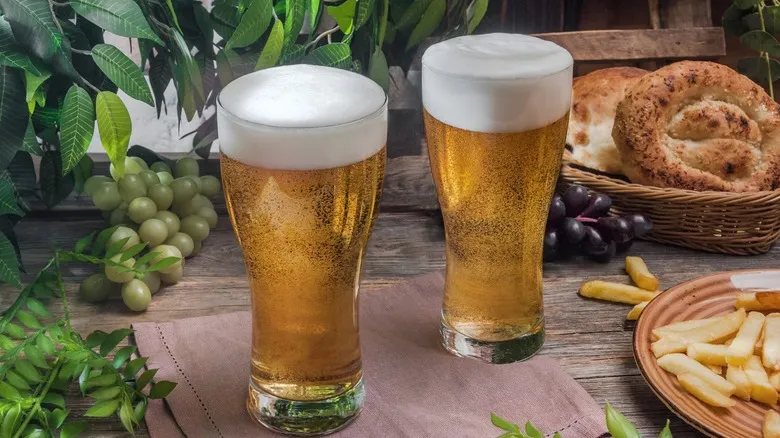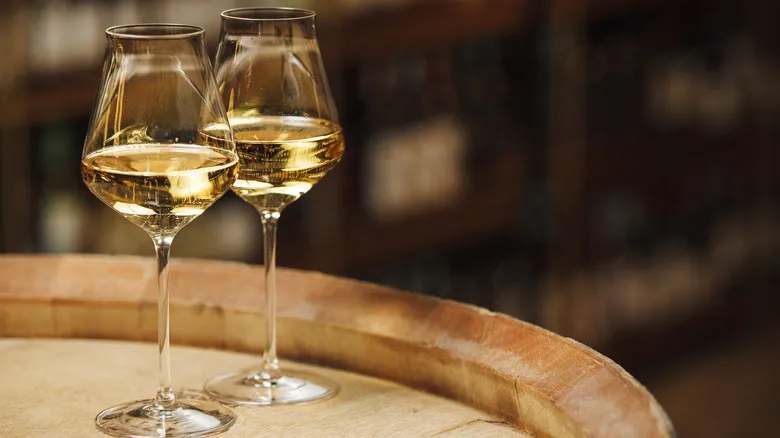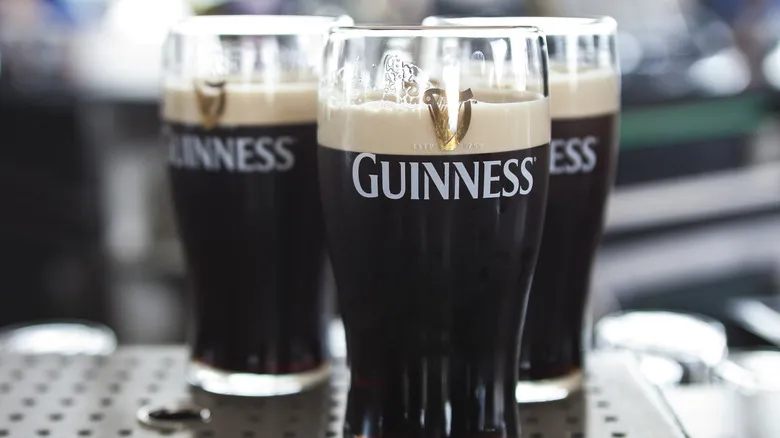Lager is all about the fermentation process

A key characteristic of lagers is the type of yeast utilized during their production. When brewing lager, producers generally employ a yeast that ferments at cooler temperatures, typically between 44 and 55 degrees Fahrenheit, and settles at the bottom of the fermentation tanks. In contrast, ales and other beers primarily use top-fermenting yeast, which rises to the surface during fermentation. Traditionally, lagers are aged for extended periods, allowing the yeast to accumulate at the bottom, resulting in a clear final product. The term "lagering" originates from the German word "lagern," meaning "to store," and refers to the prolonged fermentation process. Over time, this term became synonymous with the category of beers produced through bottom fermentation.
Lagers are also recognized by their color and flavor profile. Due to the lower fermentation temperatures compared to other beer styles, lagers typically have a cleaner taste with fewer of the "funky" flavors that can be found in some other varieties. Their color is usually lighter, although this is not a strict rule. Given their crisp flavor, it’s no wonder that lagers dominate a significant portion of the beer market, with major brands like Budweiser, Coors, Corona, and Heineken all producing lagers. Within the lager category, various styles such as helles, Märzens, dunkels, bocks, and Vienna-style beers can be considered part of the lager family.
A pilsner is a type of lager

Pilsners, like lagers in general, are bottom-fermented beers brewed at cooler temperatures. However, they possess distinct characteristics that differentiate them from other lagers. Notably, pilsners are remarkably crisp and clean in both appearance and flavor, often exhibiting a slightly hoppier profile than some other lagers. Hops, which impart bitterness to beer, give pilsners a bit more of a bite compared to their lager counterparts.
Due to their refreshing nature, pilsners are quite prevalent in the beer market. Several well-known brands, such as Stella Artois, Carlsberg, Labatt Blue, and Bitburger, have made their mark in pilsner production. The Czech-brewed Pilsner Urquell is frequently regarded as one of the finest pilsners available. Just as there are distinctions between pilsners and Kölsch beers, there can also be variations among different pilsners, particularly those produced in various regions. Ultimately, it’s important to remember that while all pilsners are lagers, not all lagers qualify as pilsners. So, if you ever spot both terms on a label, you’ll understand the distinction.
Recommended

Wait, Not All Wine Is Vegan?

The Ideal Temperature To Drink Guinness At (And Why It Takes 24 Hours)

14 Of The Best Pinot Grigios For Every Budget

Yes, You Can Freeze Beer But Do It Correctly
Next up

